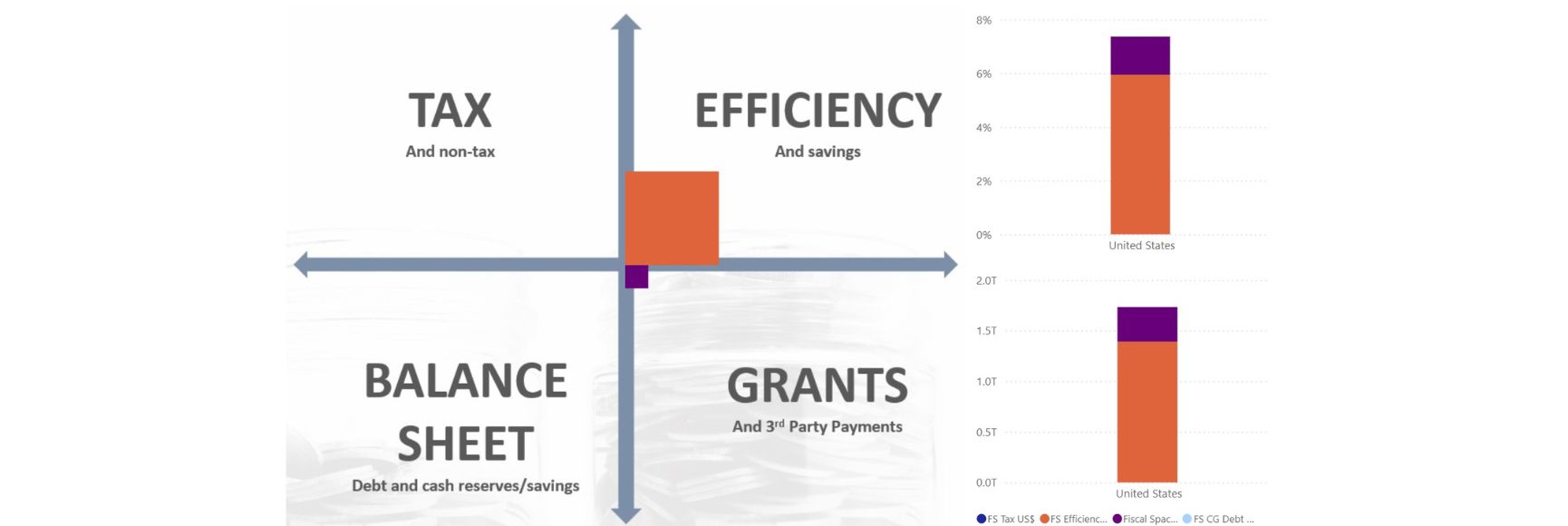Posted by Lewis Murara and Christopher Iles[i]
A major decision faced by many countries is what sort of Financial Management Information System (FMIS) they should develop to support their PFM reform efforts. The decision is more difficult in low-capacity countries where implementing an FMIS can have a disproportionate impact on management, operations, and operating costs.
There are three general FMIS options that governments can consider:
- Bespoke, i.e. own developed software solutions
- Customized “enterprise resource planning” (ERP) systems
- Non-customized COTS systems
In making the decision, recent studies[1] have demonstrated that there is no single best solution. Over a decade or so, the tendency in many Latin American countries has been for in-house development of their FMIS, while Africa has preferred commercial off-the-shelf solutions (COTS) and developed countries have tended to favor customized ERPs.
Each approach has merits and limitations. The objectives for the new system can influence the choice of product options. For example, an objective to implement best practices may favor a COTS/customized ERP solution. A desire to tailor a system to current domestic PFM practices might support a bespoke project. At the same time various constraints are also generally present. There may be a financial constraint unless the project has external financing, in which case the donor may wish to influence the decision. There will certainly be capacity constraints.
Combining these parameters in a simple benefit-maximizing calculation has not always yielded positive outcomes. The theoretical attractions of a bespoke system approach are many: the government acquires a system which is absolutely tailored to its needs; it can use the procurement to lure back highly-qualified home-grown IT experts to use their acquired skills and experience for domestic benefit; it can demonstrate to other countries and donor organizations its PFM development achievements; and, the resources spent on the finished system will remain in the domestic economy. However the evidence suggests these objectives are not often realized within time and budget constraints.
For example, Latin America has considerable experience in developing bespoke FMIS locally, in countries such as Bolivia, Dominican Republic, Guatemala, Honduras, etc., without demonstrating significant benefits on their PFM systems. Despite this a number of African countries, mostly in francophone Africa, are returning to in-house development for budget systems while keeping some of their very old off-the-shelf accounting systems.
Why is this? The underlying issue is a lack of appreciation of the risks to which a custom FMIS development is exposed.
First, there are functional risks, such as whether current requirements and the results of business process reengineering can be adequately specified and will allow for future changes in user needs, legislation and organizational structures.
Second, technical risks relate to selecting the right development environment and tools, technology standards and flexible ICT architecture for a system that will be expected to support PFM for a decade or more.
Third, there are also risks relating to the availability of capacity to properly address all aspects of system design, development, testing and deployment of custom modules and training and supporting users. Often under-estimated is also the demand on capacity to handle procurement, contracting, project management and contract management.
The failure to adequately control these and other risks manifests itself in cost overruns and late delivery of systems that often don’t achieve their original objectives and which are liable to be inflexible as government needs and practices evolve.
One particular danger emerges when national pride takes precedence over risk analysis. The temptation is to reinforce domestic capability by encouraging high-skilled IT-talent to return and take on the challenge of an FMIS development. In the extreme cases, this returning diaspora forms ad-hoc companies which benefit from huge uncompetitive contracts to develop the FMIS. However technical skills are only one component of a successful development team. A team that has not previously worked together, or developed experience in managing the delivery of large, complex government systems will face serious challenges.
These issues are amplified where the existing PFM system provides an inadequate basis for an FMIS. The consequence, often under pressure to deliver, is that a generic “template” FMIS is developed, too general to be useful, and delinked from the PFM realities of the country. Where this happens subsequent remedial work can cost multiples of the initial investment, with the result that some countries decide to drop in-house development altogether and acquire a COTS, writing off their initial investment.
To avoid this unhappy result, governments which are considering FMIS projects should:
- Be realistic in the needs assessment and functional specification. Define the target system as one which has the potential to eventually address all functional requirements (these might be accrual accounting, commitment control, cash flow management, fixed assets management, etc.) but which will be initially limited to delivering only core functions with the ability to integrate them, or at least share data, with existing PFM sub-systems.
- Analyze the risks. FMIS projects are complex and multi-dimensional. Carefully assess the risks associated with procuring, implementing and operating the FMIS over its expected life.
- Develop a conceptual design. Consideration of the needs assessment and functional specification will reveal the scope and complexity of the planned system which would have implications for whether a non-bespoke solution is feasible (i.e. can the functions be acquired off-the shelf) or, conversely, whether the additional risks associated with a bespoke system need to be incurred in order to meet the objectives. Countries should resist the temptation to build an ideal FMIS that address every aspect of PFM. They tend not to be practical, and they are overtaken by technology in a matter of a year or two.
Only after these issues have been addressed should the strategic decision of what kind of solution (bespoke, customized ERP or COTS) be considered.
With the decision made careful project planning becomes the next critical task. An incremental approach, embedded in a clear vision works best. Countries that do better are those that set clear targets commensurate with their human and financial capacity. They move from basic to more sophisticated systems as capacity grows. They allow for the system’s review at regular intervals to take stock of lessons learnt, and adjust where needed. They do not bite off more than they can chew…
[1] Including (1) Cem Dener et al.: Financial Management Information Systems: 25 years of World Bank Experience on What Works and What Doesn’t; (2) Abdul Khan and Mario Pessoa: Conceptual Design: A Critical Element of a Government Financial Management Information System; IMF, Fiscal Affairs Department, Technical Notes and Manuals, 2010.
[i] Lewis Murara and Chris Iles are both Technical Assistance Advisors in the Public Financial Management II Division of the IMF’s Fiscal Affairs Department.





